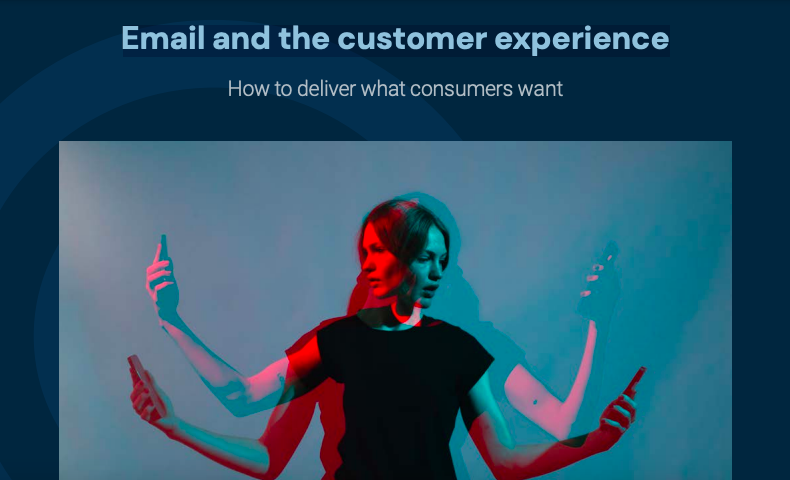Subject lines are what get you the opens. There is lots of advice about subject lines and it is the most popular bit of an email to test, this is so you get to find out what works for you. Here are some key takeaways for you to help your email marketing out…
- Length
Most people say to keep it fairly short. Mainly to help with the many different interfaces your email could be viewed in. People also have very short attention spans so remember that if it’s too long they won’t bother reading it, and the chances are that means they won’t bother opening your email. - Caps
Don’t do it all in caps, that’s shouting. It gets you a spam warning in Spam Assassin. Some people don’t like it when you capitalise the first letter of every word either because it can be viewed as bad English. It’s not worth messing around so just write the sentence normally. - Brand name
It is optional whether or not to put your brand name in the subject line. It’ll be in the from field but some interfaces put the subject line on the left and the from name on the right, so if you do want to include your brand some people like to put it in there to make sure it gets seen first. In fact a recent study showed up to an 89% increase in social sharing of email as a result of a brand name being included in the subject line. - Accuracy
Ask yourself ‘Does the subject actually match the reason for the email?’ Whilst saying ‘Free iPad’ will get the email opened – not offering a free iPad will get you junked shortly afterwards. - Relevance
Does it show relevance to the recipient? Will they be motivated to open the email – they should be otherwise you are fighting a losing battle from the off. - Punch
This is something that goes hand in hand with the length of the subject line and the reason for the email. Punchy titles and subjects catch the attention and tend to get an action. - Novelty
Novelty value is clearly not something you can add consistently to your emails because then they would never be novel! Every so often though it’s good to think a little bit outside the box to make sure your recipients don’t get into a de-prioritising pattern. When they pretty much know exactly what your subject lines will say; they know it’s relevant but they’ll read it later. Something novel can get you back to the instant opener status.
If you are interested in finding out more about subject lines then you can click here to download Professor Bairstow’s comprehensive guide. Look out for the next blog in the Email Anatomy series which will be all about the from name, preview pane appearance and pre headers.







